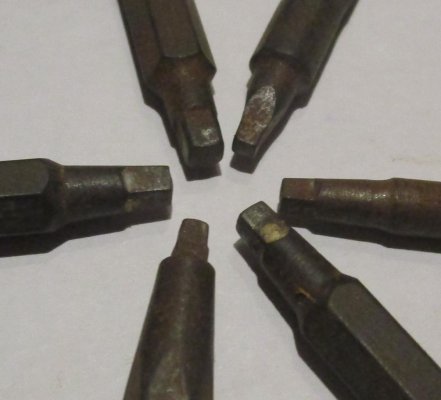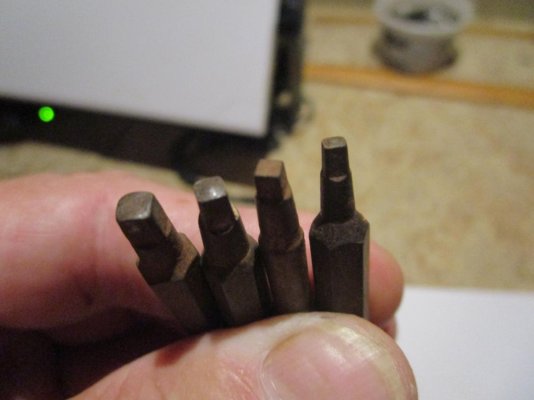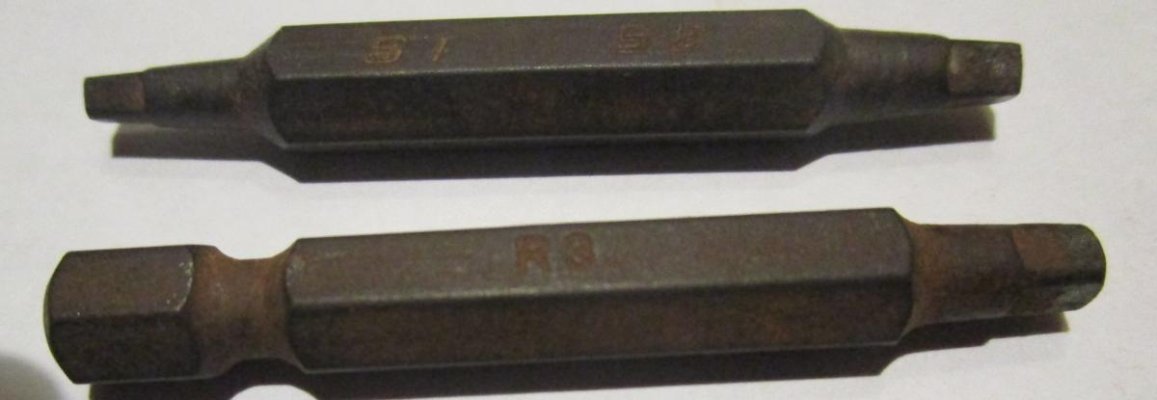Posi Drive. It appears in a lot of electrical equipment and you need both the Pozi drive and the Philips and need to know to look to see which it is or the wrong screwdriver in the wrong screw will result in you being in trouble. They ALMOST fit but just enough to ruin each other. Other wise the Pozi is a better drive, a more positive, solid engagement.
For the Robertson I agree, get good quality drives, whether hand screwdrivers or power bits. The good ones will outlast many times the difference in cost and also the cheapies will ruin the screw heads.
Where I used to work, electrical and millwrighting, we used lots of Robertson, Allen, some Torx. SLots went into the round bin, Philips we left behind unless forced to use them.
I will say though for ALL screw head types, get good tools. Sloppy fitting or poorly made, soft steel screwdrivers or driver bits are a recipe for trouble. Does not matter what the type is; slot, Robertson, Philips, Pozi Drive, Torx, etc. Poor tools will Fail to undo the part or ruin the screw head drive and then you have trouble.




